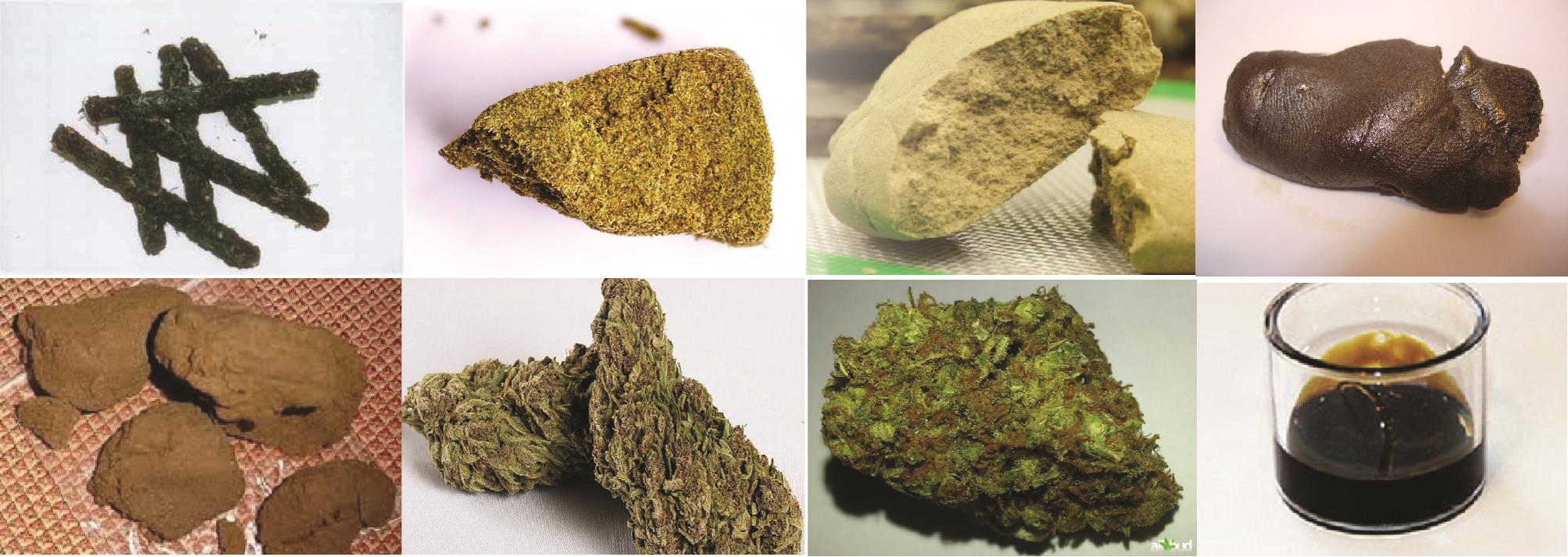 “Glioblastoma multiforme (GBM) is the most frequent and aggressive form of brain cancer. These features are explained at least in part by the high resistance exhibited by these tumors to current anticancer therapies. Thus, the development of novel therapeutic approaches is urgently needed to improve the survival of the patients suffering this devastating disease.
“Glioblastoma multiforme (GBM) is the most frequent and aggressive form of brain cancer. These features are explained at least in part by the high resistance exhibited by these tumors to current anticancer therapies. Thus, the development of novel therapeutic approaches is urgently needed to improve the survival of the patients suffering this devastating disease.
Δ9-Tetrahydrocannabinol (THC, the major active ingredient of marijuana), and other cannabinoids have been shown to exert antitumoral actions in animal models of cancer, including glioma. The mechanism of these anticancer actions relies, at least in part, on the ability of these compounds to stimulate autophagy-mediated apoptosis in tumor cells.
Previous observations from our group demonstrated that local administration of THC (or of THC + CBD at a 1:1 ratio, a mixture that resembles the composition of the cannabinoid-based medicine Sativex®) in combination with Temozolomide, the benchmark agent for the treatment of GBM, synergistically reduces the growth of glioma xenografts.
With the aim of optimizing the possible clinical utilization of cannabinoids in anti-GBM therapies, in this work we explored the anticancer efficacy of the systemic administration of cannabinoids in combination with TMZ in preclinical models of glioma.
Our results show that oral administration of THC+CBD (Sativex-like extracts) in combination with TMZ produces a strong antitumoral effect in both subcutaneous and intracranial glioma cell-derived tumor xenografts. In contrast, combined administration of Sativex-like and BCNU (another alkylating agent used for the treatment of GBM which share structural similarities with the TMZ) did not show a stronger effect than individual treatments.
Altogether, our findings support the notion that the combined administration of TMZ and oral cannabinoids could be therapeutically exploited for the management of GBM.”
https://www.ncbi.nlm.nih.gov/pubmed/30125556
https://www.sciencedirect.com/science/article/abs/pii/S0006295218303496









